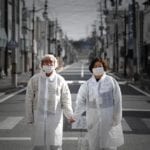 Travel
Travel  Travel
Travel  Movies and TV
Movies and TV 10 Actors Hidden in Your Favorite Movies
 Our World
Our World 10 Science Facts That Will Change How You Look at the World
 Pop Culture
Pop Culture 10 Incredible Female Comic Book Artists
 Crime
Crime 10 Terrifying Serial Killers from Centuries Ago
 Technology
Technology 10 Hilariously Over-Engineered Solutions to Simple Problems
 Miscellaneous
Miscellaneous 10 Ironic News Stories Straight out of an Alanis Morissette Song
 Politics
Politics 10 Lesser-Known Far-Right Groups of the 21st Century
 History
History Ten Revealing Facts about Daily Domestic Life in the Old West
 Weird Stuff
Weird Stuff 10 Everyday Products Surprisingly Made by Inmates
 Travel
Travel 10 Natural Rock Formations That Will Make You Do a Double Take
 Movies and TV
Movies and TV 10 Actors Hidden in Your Favorite Movies
 Our World
Our World 10 Science Facts That Will Change How You Look at the World
Who's Behind Listverse?

Jamie Frater
Head Editor
Jamie founded Listverse due to an insatiable desire to share fascinating, obscure, and bizarre facts. He has been a guest speaker on numerous national radio and television stations and is a five time published author.
More About Us Pop Culture
Pop Culture 10 Incredible Female Comic Book Artists
 Crime
Crime 10 Terrifying Serial Killers from Centuries Ago
 Technology
Technology 10 Hilariously Over-Engineered Solutions to Simple Problems
 Miscellaneous
Miscellaneous 10 Ironic News Stories Straight out of an Alanis Morissette Song
 Politics
Politics 10 Lesser-Known Far-Right Groups of the 21st Century
 History
History Ten Revealing Facts about Daily Domestic Life in the Old West
 Weird Stuff
Weird Stuff 10 Everyday Products Surprisingly Made by Inmates
10 ‘Natural’ Things You Won’t Believe Are Actually Man-Made
If we asked you if something was natural or not, there’s a good chance that you would find it easy to answer. After all, we have well-defined ideas of what’s man-made and what’s not.
If you dug a bit deeper, though, you’d realize that many things we automatically assume to be natural aren’t natural at all. Instead, they are the direct results of man-made actions at various points in history.
10 The Amazon

Whenever we talk about the Amazon, we refer to it as an untouched tropical paradise that we’re all responsible for ruining. The latter part may even be true as we’re totally doing that. But it’s the “untouched” thing we almost always get wrong. The Amazon is the way it is precisely due to many historical civilizations having extensively transformed it with their ways of living.
The idea that the Amazon was undisturbed by civilization before the “discovery” of the Americas is increasingly being questioned. In the last few decades, plenty of studies have found that many diverse groups of people used to live there long before the rest of the world even knew it existed. These groups completely changed the landscape in their own ways.
It can be seen most clearly in the flora native to the Amazon. Many plant species found there are modifications of their original versions. Take peach palm, for example. The original fruit only weighed about 1 gram (0.4 oz). However, the type found in the market today can weigh as much as 200 grams (7.1 oz), even though we think of it as a naturally occurring variety of the fruit.[1]
Crops like cocoa beans and Brazil nuts were essentially invented by the different tribes that once lived in the Amazon. For centuries, they domesticated local plants and crossbred them with other species. In fact, studies are ongoing as to how much impact humans have had on the forest, making us question if any of it is in a pristine, natural form at all.
9 Pearls
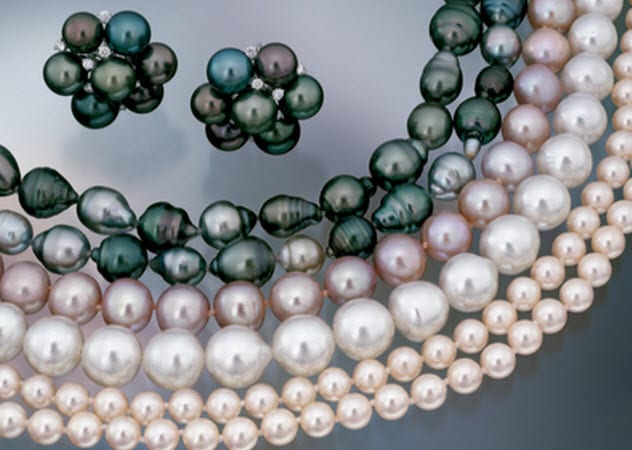
There was a time when pearls were one of the rarest and most expensive things we could get our hands on. Only a few could afford to own them. The high price was due partly to how good they look and partly to the perilous procedure of having to dive to the bottom of the ocean to retrieve them.
Although jewelry and other ornamental pieces made of pearls are still expensive, they’re now accessible to a lot of us even though they continue to be difficult to find. So, what changed? In a nutshell, we figured out how to make them in the lab by replicating the natural process.
Sure, a tiny minority of pearls are still found in the ocean and picked up as in old times. However, the majority in the market are cultured pearls. These aren’t fakes. They’re made by injecting gold and silver into mollusks and replicating the natural conditions in the lab—a process that was introduced and perfected by Japanese scientists in the early 19th century.[2]
8 Morning Glory Pool
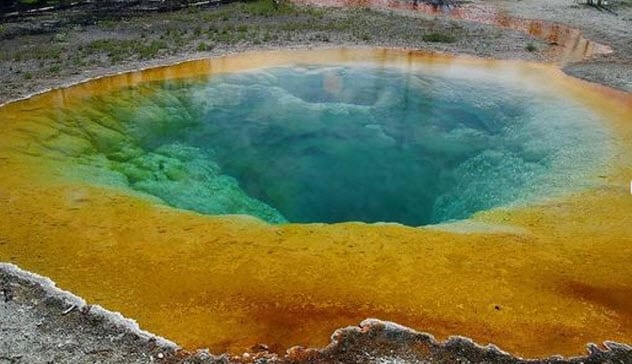
If you’ve ever visited Yellowstone National Park, you may have come across the multicolored body of water known as the Morning Glory Pool. Although the park is home to multiple hot water springs and pools spread throughout its vast landscape, this one stands out. Its unique pattern of concentric blue, red, and yellow circles is not found anywhere else in the park—perhaps even the world.
It’s a sight to behold, though the reason has almost nothing to do with nature.
The pool was first named Convolutus after a Latin word that translates to “morning glory” and describes a global family of blue flowers. The blue at the center comes from a type of bacteria that thrives in the heat of the pool.
However, the yellow on the periphery is entirely due to man-made reasons. Over the years, people have thrown a variety of things in the Morning Glory Pool, so a lot of the thermal vents have been blocked. This eventually allowed other types of bacteria to move in, producing the red and yellow tinges at the edges that give the pool its unique palette.[3]
And yes, those bacteria will eventually engulf the whole pool. That’s bad news for people who like the blue color as well as for those who’d like to keep the pool in its natural form.
7 Lemons
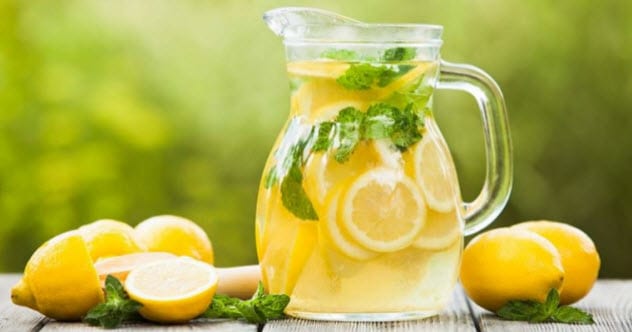
If you don’t cook a lot, you probably won’t realize how important lemons are in our day-to-day lives. From marinating meat to adding a bit of flavor to most summer drinks, lemons are a versatile fruit that also happen to be loaded with vitamin C.
Though its most prevalent use is in the phrase “when life gives you lemons . . . ,” which doesn’t sound like a bad thing as lemons are awesome and life is always welcome to give us more of them. However, if we trace their origins, we’d realize that life never gave us lemons in the first place as they’re not a naturally occurring crop.
Lemons were first made by humans by interbreeding naturally occurring citrus varieties like sour oranges and citron to come up with the yellow fruit that we see today. It’s also one of the most mysterious crops as far as tracing its origins, though it’s generally agreed that lemons first showed up in the lower foothills of the Himalayas in Burma and Assam some 2,000 years ago.[4]
6 Lake Mead
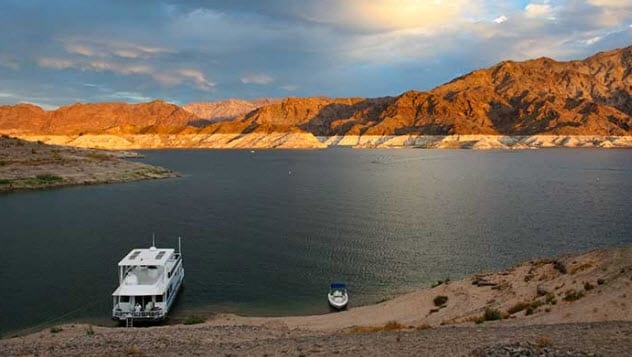
If you’ve ever taken a road trip to Las Vegas, chances are that you’ve come across Lake Mead—a large water body surrounded by beautiful peaks and spanning a huge area in Nevada. One of the largest lakes in the country, Lake Mead has a length of about 180 kilometers (112 mi) and a depth as much as 162 meters (532 ft).
It’s one of the main sources of water for many nearby states as well as quite a bit of Mexico. Lake Mead also happens to be one of the world’s largest man-made reservoirs.
Originally created as an outlet for all the excess water in the Colorado River—as the darn thing used to keep flooding before that—the lake was first formed by the construction of the Hoover Dam. Soon, Lake Mead was one of the most scenic picnic spots for people in the surrounding states. More recently, climate change and a severe water crisis in the area has caused it to shrink by quite a bit, so it’s no longer the largest man-made lake in the country.[5]
5 Vanilla
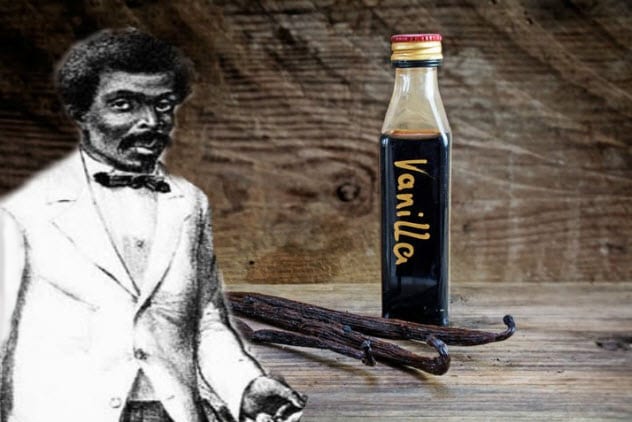
The vanilla flavor might have become less popular over time due to better synthetic tastes we can now produce in the lab. But it was one of the rarest and most expensive flavors when it was first discovered in Mexico. Brought to Europe and the rest of the world by Spanish explorers, vanilla was first mixed with chocolate and instantly proved to be quite popular among Europe’s elites.
However, there was a problem because the vanilla plant was from Mexico. Vanilla beans wouldn’t grow anywhere else as bees would refuse to pollinate vanilla orchids unless they were in their native environment. When pollinated, these flowers produce vanilla beans, which are the source of vanilla flavor.
The problem was first solved by Edmond Albius, a 12-year-old slave in Reunion, an island in the Indian Ocean. Working under the supervision of a plantation owner, Albius figured out a way to hand-pollinate the plant, something no one else had been able to do.
The two men soon took this technique to other plantations. Within years, the island inhabitants started exporting tons of vanilla around the world as the demand for the coveted plant was high at that time. All the vanilla in the market today is made by that technique (as the bees are still quite stubborn about not doing it themselves). This keeps the price low and makes vanilla available to everyone instead of an elite few.[6]
4 Killer Bees
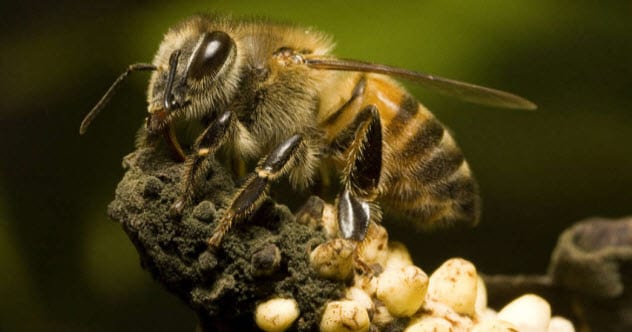
If you live in the Americas and have ever been outside, chances are that you’ve heard of killer bees. They resemble other bee species, which are harmless unless their hives are disturbed. Even then, cases of normal bees attacking people rarely make the news.
On the other hand, killer bees have earned their reputation by having killed around 1,000 people since they were discovered. At first, you’d think all the deaths were due to individuals just being in the wrong place at the wrong time. However, if you’d read up on the origins of these dangerous stinging insects, you’d realize that nature has nothing to do with the creation of these killing machines. Instead, it was good old human error.
Killer bees were not originally found in the wild. Their very existence is a result of a biology experiment gone horribly wrong. You see, back when European honeybees were first brought to Brazil to amp up honey production, they weren’t doing much except chilling due to the difference in temperature. To remedy that, biologists took a few African honeybees to get them to breed with the existing populations in controlled conditions.
That didn’t turn out well. In 1957, some 26 queens from the African species along with other European honeybees escaped their confinement. In the years since, they have interbred on their own and become an aggressive and murderous species we now identify as killer bees.
They soon spread across South and Central America as well as most of the states in the US that have a border with Mexico—seemingly everywhere that it’s hot enough for them to survive as they die if it gets too cold.[7]
3 Corn
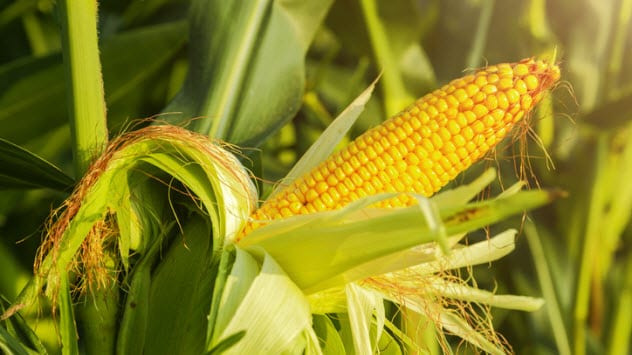
In case you missed your high school history classes, corn has been the cornerstone of American civilization since organized tribes started showing up across the two continents. It won’t be a stretch to say that the history of the Americas is the history of corn cultivation. It has been an important part of the economies of almost all the most successful empires (including the United States) that ever existed here.
It’s even more surprising if you consider the fact that corn never existed in the form that it does now in the wild. Instead, corn was derived by native populations from a type of wild grass. Known as teosinte, this grass didn’t look anything like the maize crops we see today.
According to studies, native tribes started experimenting to increase the size of the cobs and kernels found on teosinte in Mexico about 6,300 years ago. After millennia of trial and error with farming and breeding methods, they stumbled upon what we now know as corn. It was then taken to places like North America by other tribes around 1,000 years ago. Even today, the crop cannot exist without human intervention and protection.[8]
2 Dogs

No animal has a more intimate relationship with human beings than the trustworthy dog. Also known as “man’s best friend,” dogs are an indispensable part of human life around the world in a variety of ways—from helping to keep other farm animals in check to sniffing out drugs at border checkpoints.
If we asked you to guess where they came from, you’d likely say wild dogs. However, the only known species of wild dogs (African wild dogs) doesn’t belong to the same family of species as dogs (canines) at all. So, are dogs magic?
Not really. All the dogs we see today—from tiny Chihuahuas to the intimidating-yet-cuddly Tibetan mastiffs—descended from a single group of wolves at some point in human history.[9]
Although the exact point at which dogs first appeared in our fossil records isn’t clear, scientists have estimated it to be 20,000–40,000 years ago. Whenever it happened, we can say for sure that dogs as we know them never existed before we decided that we needed a cool animal to be friends with.
1 Fly Geyser

The first time you take a look at the Fly Geyser—a unique, seemingly natural formation in Nevada—it comes across as an artist’s visualization of an alien world. Quite unlike any other formation found on Earth, the Fly Geyser is a tiny, multicolored hill that consistently spews boiling hot water throughout the year. It is surrounded by terraces filled with water.
It would be incredible if the Fly Geyser was a natural formation, but all the credit for this one goes to classic human error.
It all started when a geothermal energy company drilled a hole in the ground to find hot water and eventually turn it into energy. They abandoned the idea when the temperature of the water was discovered to be below the required level. Then they tried to cap the well. But they didn’t completely succeed, giving way to one of the best things that man has accidentally created from nature.[10]
The colors are due to the algae growing on the calcium carbonate deposits, which also gave the geyser its unique conical shape over time. Interestingly, the formation is now a Burning Man property, which somehow sounds appropriate if you think about it.
You can check out Himanshu’s stuff at Cracked and Screen Rant, get in touch with him for writing gigs at [email protected], or just say hello to him on Twitter.
Read more about unbelievable man-made substances on 10 Fruits, Nuts, And Vegetables You Did Not Know Were Man-Made and 10 Amazing Man-Made Substances.







